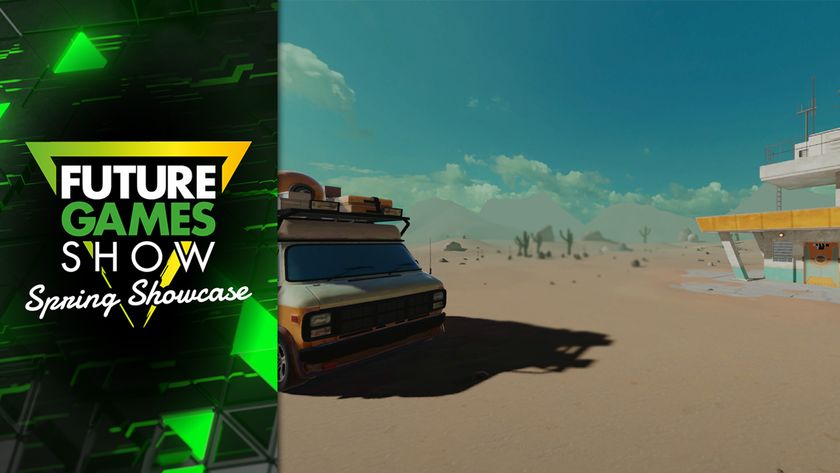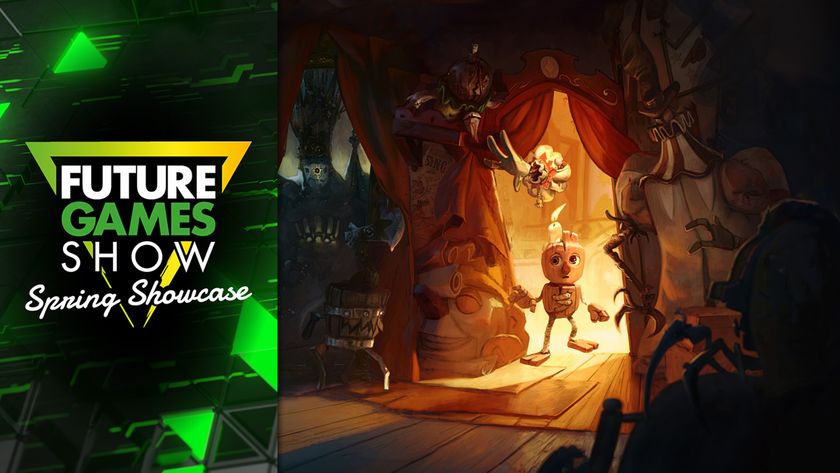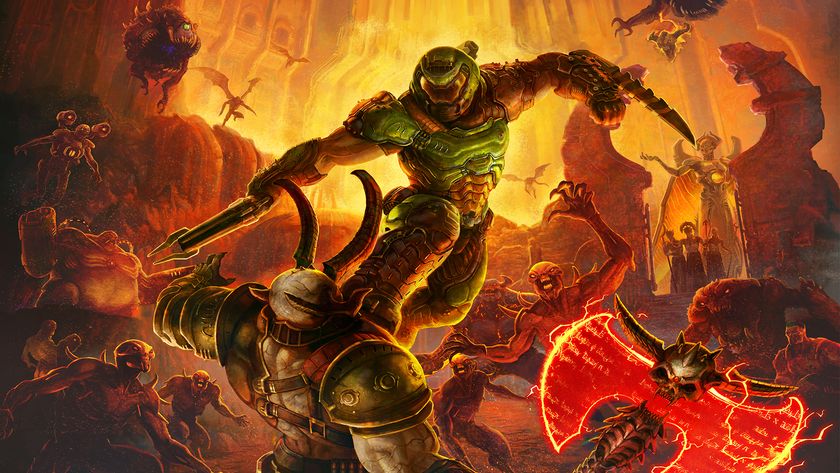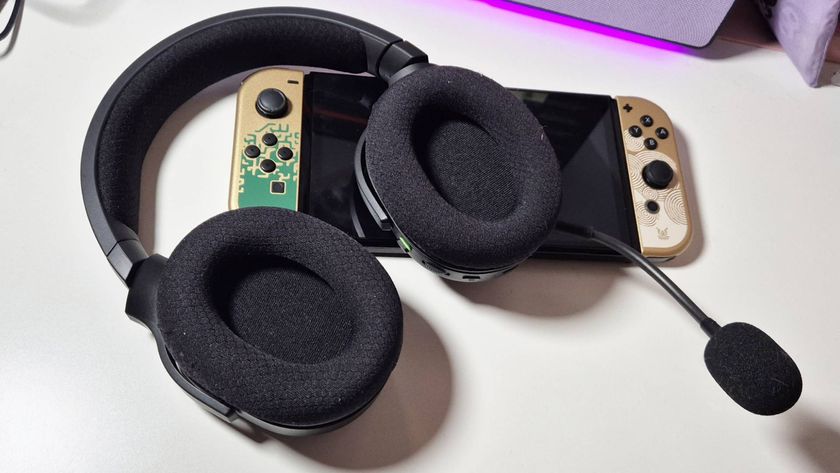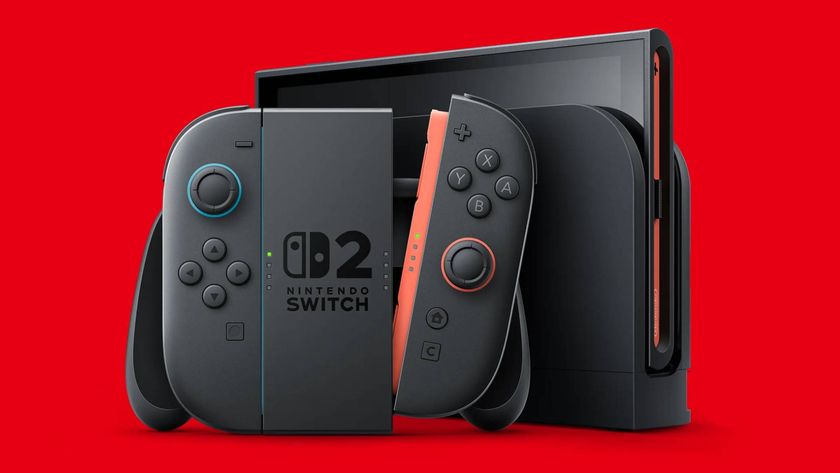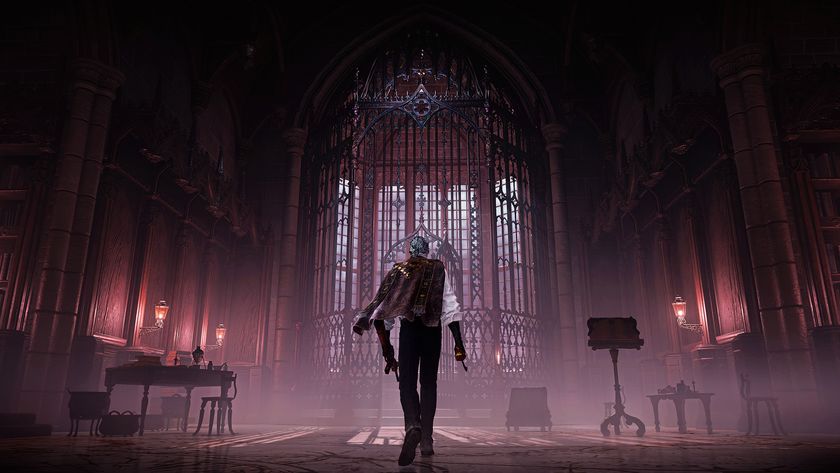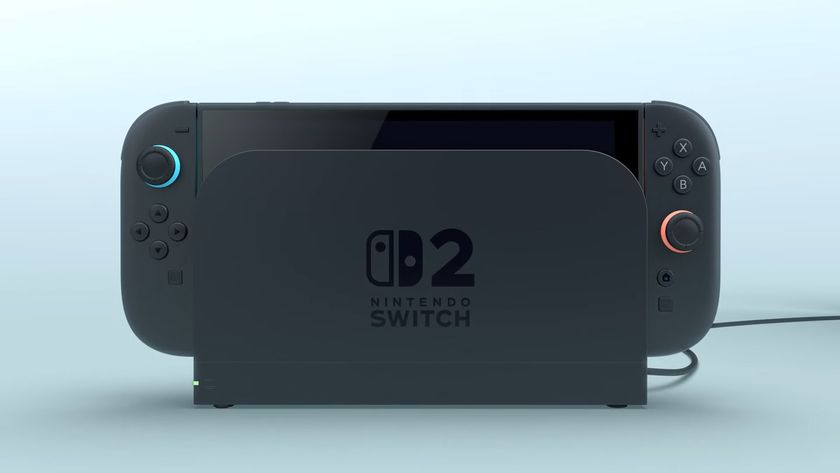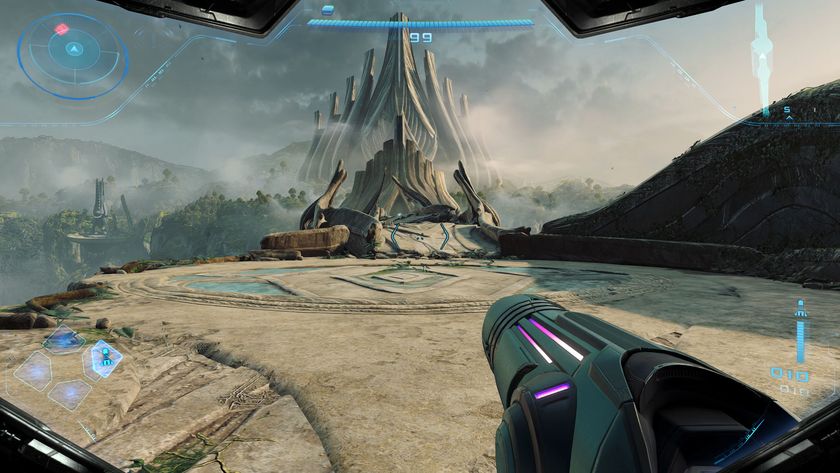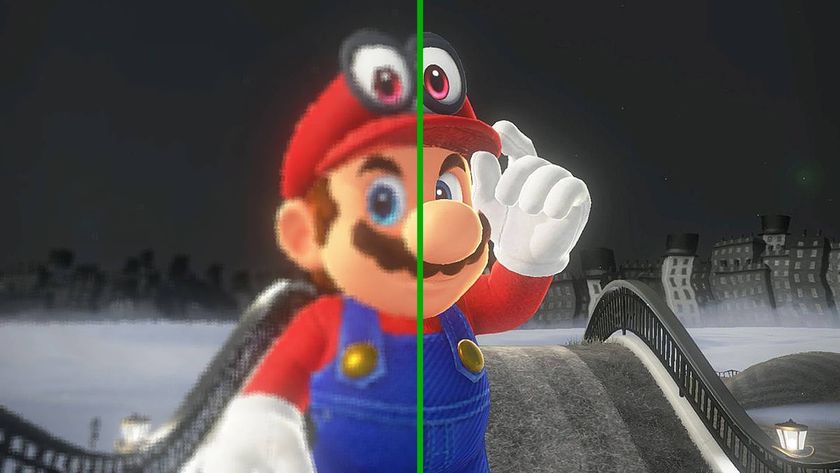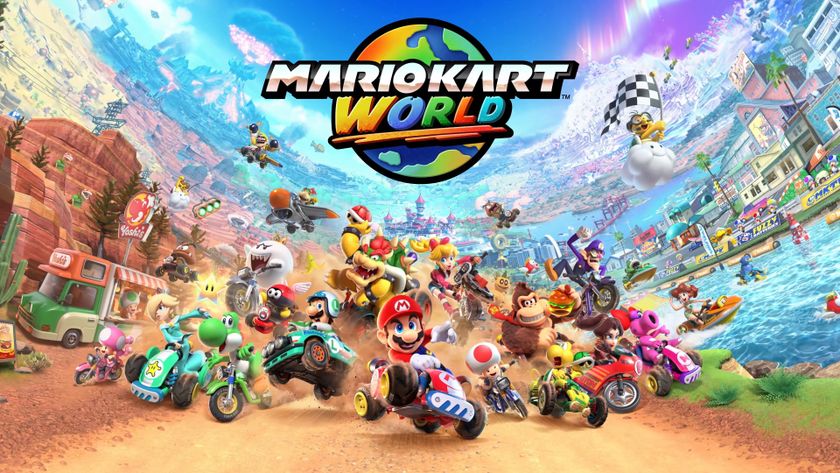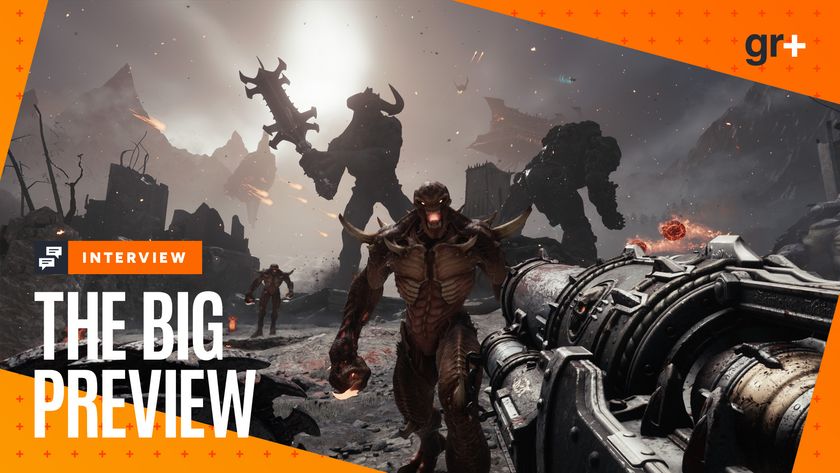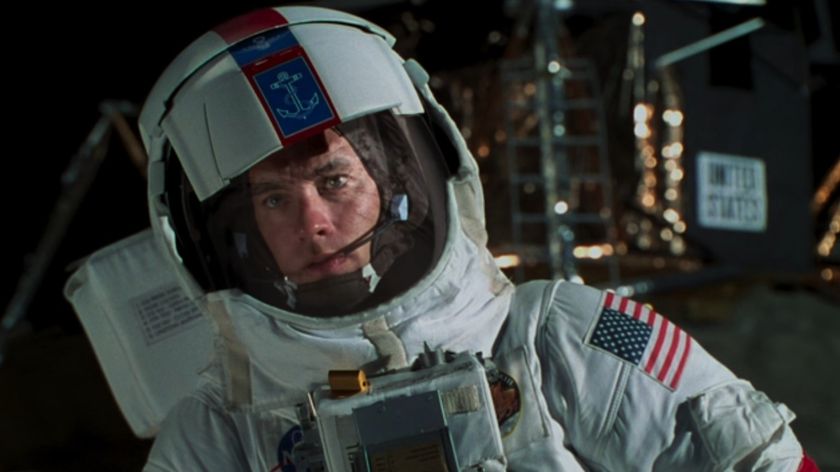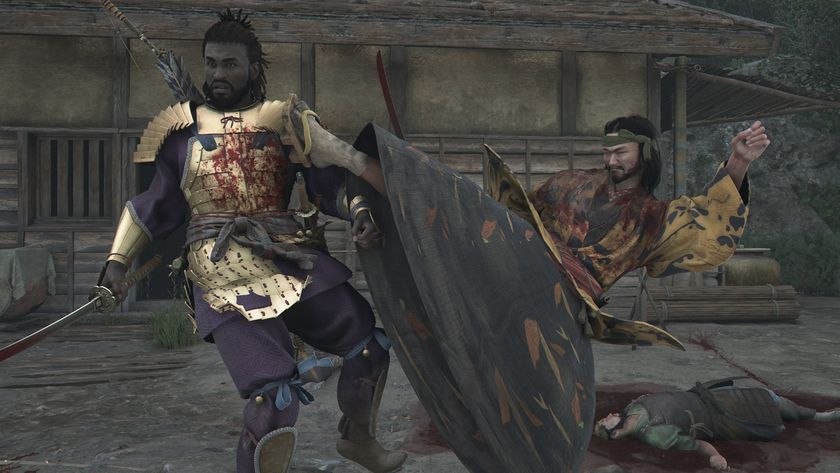Portal 2: The 10 things you NEED to know
You have no idea how excited you need to be...
We'vetrackeddownevery available detail on Valve's sequel to one of this generation's few perfect games, and believe us, this time around, GLaDOS' reign of physics-bending tyranny is a whole new cube game. In fact it's going to make Portal look like a trailer for the main event. Here's why.
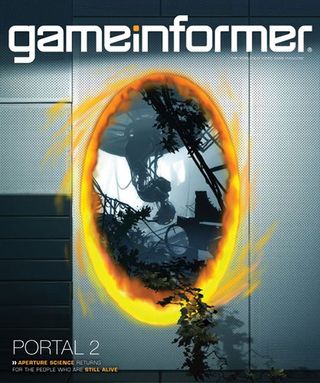
Above: The April issue of GameInformer blows the lid on Portal 2
#1 It%26rsquo;s a full-sized game
Where Portal was a small but beautifully-formed piece of bite-sized perfection, Portal 2 is a full-fat, full-sized release. Valve isn’t giving details of the exact running time yet, but Portal 2 is a standalone game with a bigger, much expanded campaign. The development team has grown from eight members to twenty-eight, and in-keeping with the bulked-up design philosophy, Portal 2 even has…
#2 A separate co-op campaign
Recognising that most people played Portal in unofficial co-op anyway (one player firing the portals, another sitting behind offering up ideas), Valve is now giving both players a character and a Portal gun. Running in parallel with the single-player campaign, co-op uses two new characters; humanoid robots evolved from a gun torrent and one of GLaDOS' spare personality cores.
While single-player is being kept sedate for the sake of maintaining the same thoughtful progression we loved in the first game, having a partner to bounce ideas off will allow Portal 2’s co-op to be a little more demandingly hardcore. Puzzles range from simple cases of using four Portals to carve paths through the environment to more frantic affairs, requiring players on separate paths to open up routes for each other through otherwise lethal areas. And yes, GLaDOS will use the co-op dynamic to snarkily play the protagonists off each other. There’s split-screen, online, and to help players co-ordinate logistically complex tasks, it’s also possible to tag the environment with visual instructions for your partner. But going back to the single-player…
#3 Chell is back
With the recent update to the first game extending the ending to show Chell dragged back into Aperture Science following her escape, it’s now confirmed that she’ll be the protagonist again. Given the tense and beautifully nuanced relationship built between her and GLaDOS in the first game, Valve is eager to build upon what has gone before. Everything is the same, but at the same time, everything is now different. For example…
#4 It%26rsquo;s set hundreds of years later
Chell has been in stasis for at least a couple of centuries. In that time, the wrecked Aperture Science facilities have gone to wrack and ruin. While the pristine testing chambers remain, many of them have fallen apart and become overgrown with plant-life. This creates a captivating visual style (gleaming white sterility juxtaposed with sprawling organic life and sunlight), but also opens up much more varied environmental navigation possibilities.
Sign up to the 12DOVE Newsletter
Weekly digests, tales from the communities you love, and more
You’ll also see a lot more of the Aperture labs. With the whole place in a state of extreme decay, GLaDOS’ attempts to restart the testing procedure are obviously up against a few challenges. So as she reconfigures the test chambers, she’ll have to send you through a great deal more of the broken-down ‘back-stage’ areas you explored at the end of the first Portal. So as well as seeing more of the place and its sordid back-story, your relationship with the ever-present digital dominatrix will constantly be broken up and punctuated with periods of tense silence. Unless of course, it’s a double-bluff, and she’s secretly watching you the whole time. But there are even more key changes to the environment. Such as…
#5 Talking NPCs
Don’t go fearing an Aperture Science populated with atmosphere-killing human characters. Chell is still the only fleshy around. Instead, Valve has been characteristically smart by populating the labs with sentient personality cores (that warehouse full of computerised brain balls at the end of Portal had to be for something, right?)
One of these cores is responsible for the whole story. Named Wheatley, he’s become frustrated by his static nature (the cores are all constrained by being attached to rails in certain rooms), and realising that jumping from his perch with probably smash his insides out, he reactivates Chell for help. But despite the new characters, Portal 2 is…
#6 It's still all about the player
Like Half-Life 2, Portal was a personal journey, with Chell’s interactions with GlaDOS and the environment at large perfectly pitched to immerse the player on an unbroken one-to-one level. That’s just as much a consideration here, so don’t fear any annoying robot Navis pushing you to do anything or throwing out intrusive hints. When you get down to business they’ll shut the hell up. And you’ll need the time to think, because…
#7 There%26rsquo;s a lot more to do
If the first game was a physics playground, Portal 2 is a theme park. Where your interactions with the areas through portals once consisted only of moving Weighted Storage Cubes through them and launching energy balls from one trajectory to another, there’s now a whole new rulebook of possibilities.
Pneumatic Diversity Vents (those big Perspex sucky pipes that transport objects around the lab) now work through portals, meaning that you can, for example, suck up gun turrets from a room away. There are also now tractor beams and holographic bridges that work in the same way, extending your reach through portals in an exponentially more tactile fashion. And that’s just the start. There’s also…
#8 Physics-bending paint
Yeah, paint. It sounds weird, but it also sounds amazing. Certain areas will be smeared with dynamic liquid colour which affects the properties of anything it touches. So far we know of two flavours. Orange paint acts as an accelerator, vastly increasing Chell’s (and presumably anything else’s) movement speed on floors. Blue paint turns things rubbery, making Weighted Cubes into bouncing pinballs and turning walls into vertical trampolines, allowing Prince of Persia-style wall-jumps.
And the best bit? By linking up portals and paint dispensers, you can redirect the paint flow onto any surface you like. Mark our words, this is going to be amazing. As in fact, are the…
#9 Brand new objects
No longer will your inanimate love-objects be limited to cubes. Now there are plenty of things to become unhealthily attached to. There are Redirection Cubes, which are essentially mirrored Companion Cubes which can be placed around the room to reflect the path of Aperture’s Thermal Discouragement Beams (read: smoking-hot death lasers). Think that laser puzzle from Resi 5, only 1000% more awesome.
There are also Ariel Faith Plates, which act like massive jump accelerators (we assume for both Chell and any objects in the area) and Weighted Storage Balls. The latter are spherical versions of the Companion Cube which slot into buckets rather than being dropped on pressure plates. The possibilities for linking these with all of the above already has us dreaming of the Marble Madness of MC Escher’s nightmares. And most promisingly of all for obsessed Portal meme-fiends…
#10 Music is a much bigger deal
Jonathon Coulton (scribe of the now-legendary ‘Still Alive’) is back on board as song-writer. But while GLaDOS’ iconic swansong will probably make it back in some form, Valve is looking at far more creative ways to integrate new music into the environment. One great example so far is the use of music as a weapon. At one point, GLaDOS uses the threat of Smooth Jazz as a behavioural deterrent. Christ knows what she’ll be like if she ever gets hold of Country.

